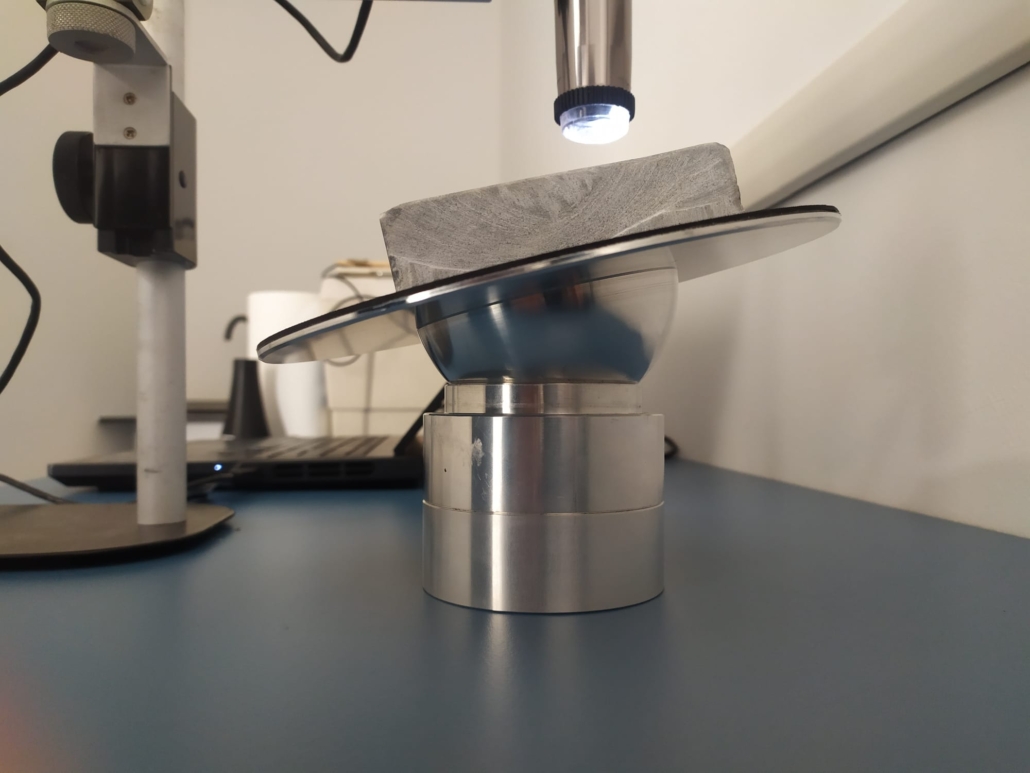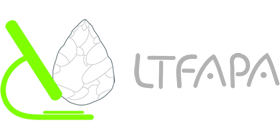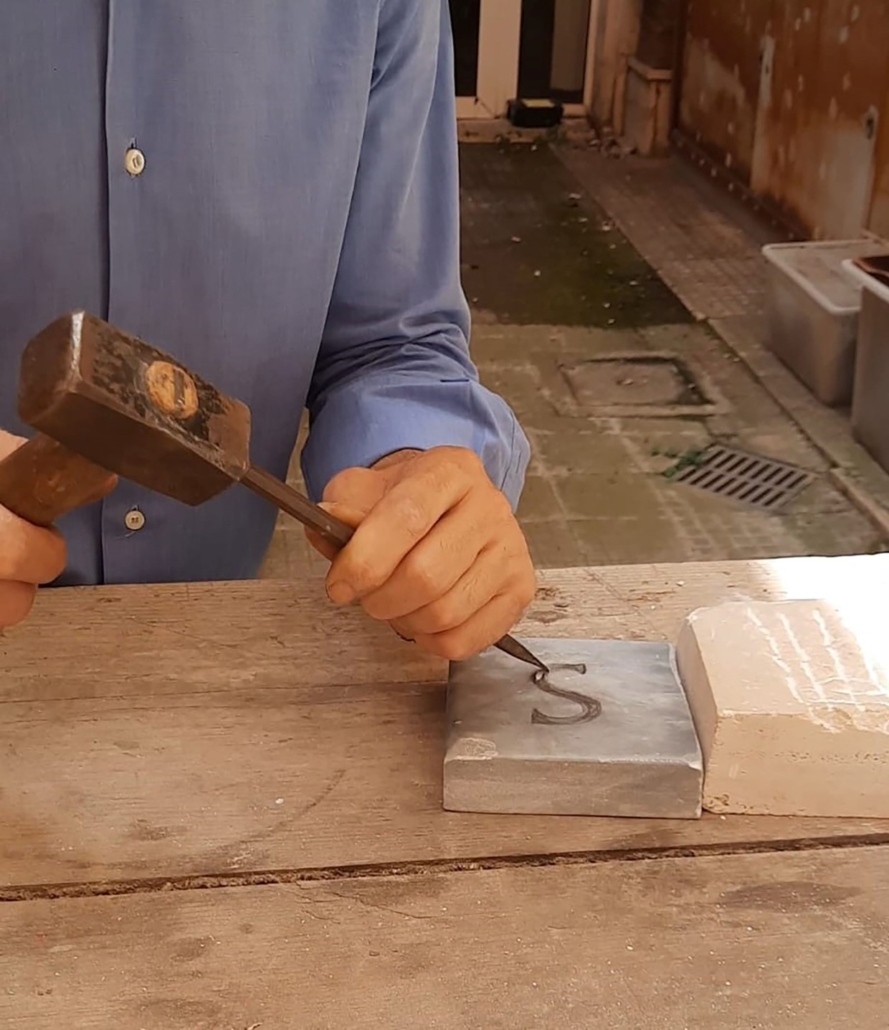Project director: prof. C. Lemorini, Sapienza University of Rome
PNRR Project – Cross-disciplinary interpretation of data from novel diagnostics and definition of multi-method protocols for the study of Cultural Heritage
LTFAPA is part of a larger project funded by the Next Generation EU for the Italian National Recovery Plan, PE5 CHANGES, Spoke 5 (Science and Technologies for Sustainable Diagnostics of Cultural Heritage). The project, initiated in April 2023, falls within WP6 ‘Cross-disciplinary interpretation of data from novel diagnostics and definition of multi-method protocols for the study of Cultural Heritage.’

Specifically, the thematic focus revolves around the development of interdisciplinary protocols for architectural and archaeological diagnostics, aiming to experiment and produce innovative methods for documenting technological traces in the field. The main objective is to structure a non-invasive integrated methodology, with a diagnostic approach applicable to the widest possible range of cases. Emphasizing various interpretative levels, ranging from macroscopic to mesoscopic and microscopic analysis, ongoing work involves analyzing construction techniques of structures, decorative elements, artistic signs, graphic symbols, and production techniques of objects based on the imprints left by these techniques on processed materials.
These technological traces, associated with shared tools and gestures, are observable at different magnifications using optical, digital, and confocal instrumentation. In addition, the possibility of performing surface analyses and quantifications through micro-topographic analysis software is being tested.
These methods are being tested on various sample contexts reflecting a wide chronological range, from Prehistory to the Post-Classical period, and on different types of materials including lithic, ceramic, metallic, paintings, and plasters
In this initial phase of the project, the focus has been on the analysis of stone, with particular attention to the examination of epigraphs. For the traceological study of these, an experimental comparison collection was thus created. For example, the advancement in utilizing portable digital microscopes for micro-photogrammetry has played a crucial role in establishing new documentation protocols for fieldwork on mesoscopic and microscopic scales. A primary objective is to outline the particulars of this micro-photogrammetric approach and concentrate on evaluating its potential, advantages, and the level of detail attainable in the field of traceology, with a particular focus on on-site documentation. To achieve this goal, we are conducting various tests in the field and in the laboratory, considering the different environmental and logistical conditions commonly encountered in the context of the archaeological documentation of technological traces.
To test these methodologies, we are working on various archaeological sites affiliated with Sapienza University of Rome: the medieval town of Cencelle; the Basilica of the Holy Sepulchre in Jerusalem; two rock art sites in southern Ethiopia; the Ranaldi Shelter in Filiano (PZ); the rock sites in the Shaykh Kheder area in Kurdistan; the northeastern slopes of the Palatine Hill (Archaeological Park of the Colosseum); and the necropolis of Castel Sozzio (VT).
References
Previti, G., Luci, B., Lemorini, C., 2024. Micro-photogrammetry and traceology: new on-site documentation approaches by the use of portable digital microscopes. In Journal of Archaeological Science. Under review
Previti, G., Di Lello, C., Lemorini, C. Digital techniques for acquiring pottery surfaces: comparing methods for analysing technological traces and imprints on experimental reference collections. Abstract for EAA Conference 2024 (Rome, 28 – 31 August), Session #857 ‘Persistent signs on surfaces: the innovative use of Visual Archaeology techniques in investigating voluntary and crafting marks’ (main organiser G. Previti).
Lemorini, C., Previti, G., Luci, B., Kusumastusi, S., Di Lello, C. Tracce, Tecnologia, Artigianato: protocolli di micro-fotogrammetria speditiva per lo studio delle tracce di produzione di strutture, iscrizioni e oggetti lapidei. Preliminare applicazione anche a superfici ceramiche. Evento di presentazione dello Spoke 5 “Science and Technologies for Sustainable Diagnostics of Cultural Heritage” (PE5 CHANGES del PNRR) e dei bandi a cascata (Napoli, 20-21 febbraio 2024).


